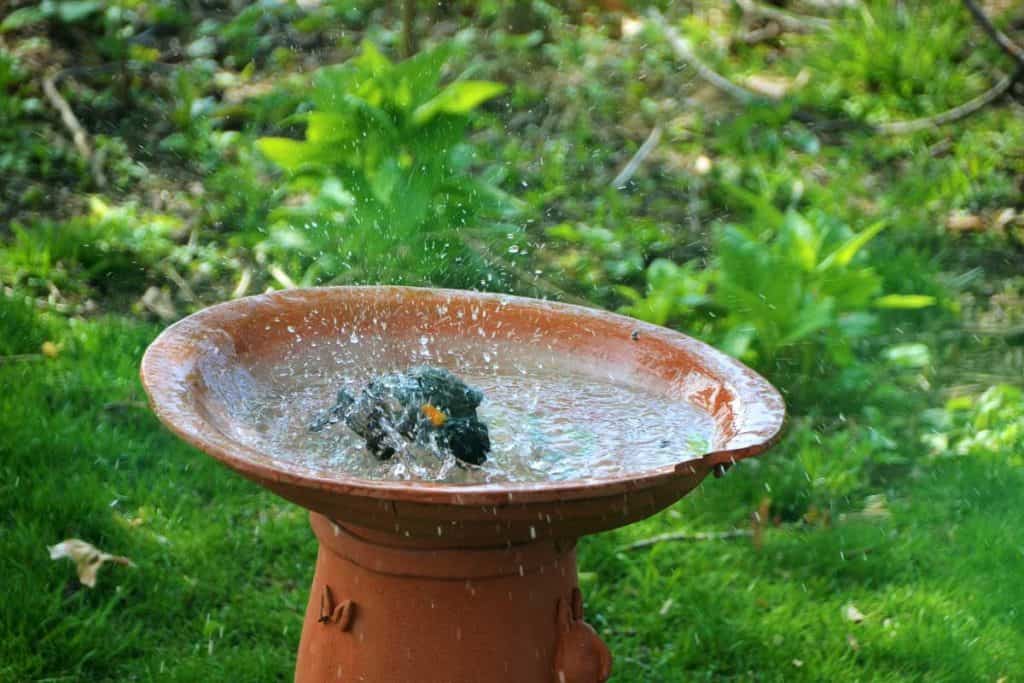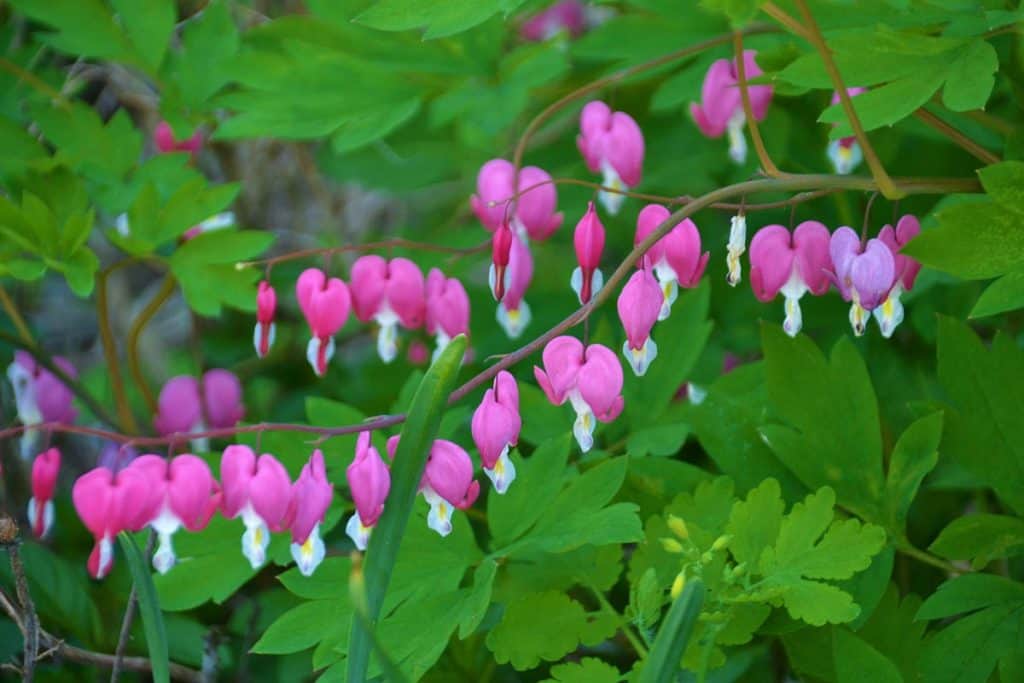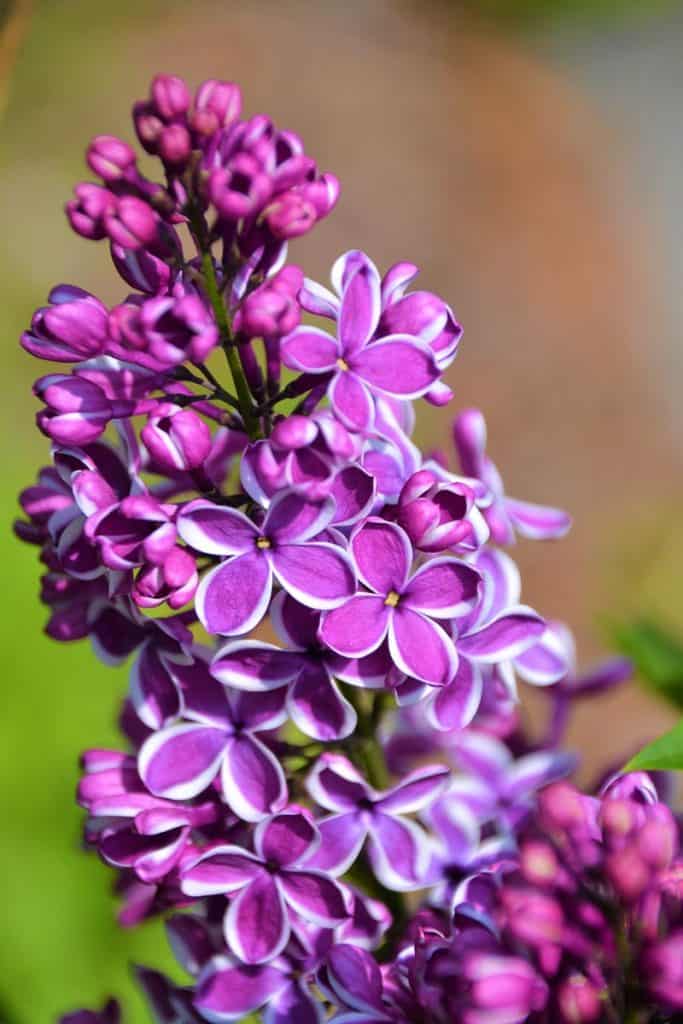Here’s what’s blooming in town this week to make your walks more enjoyable
Endangered Species Day is today, May 19. The year 2023 marks the 50th anniversary of the Endangered Species Act and the 18th anniversary of National Endangered Species Day. Celebrated on the third Friday in May each year since 2006, it is becoming a more international commemoration, and is sometimes called World Endangered Species Day. It is an appropriate time to be reminded of animals and plants in danger of extinction. In the United States, the Fish and Wildlife Service considers 1,300 species to be endangered or threatened, and some calculations list over 16,000 species endangered worldwide.
Many experts recommend walking for a minimum of 20 minutes per day and cite many benefits to physical and mental health. For several years May has been designated as walking month, a good time of year to start increasing the amount of time spent walking. In New England this month, temperatures are mostly pleasant and there is plenty to see in bloom whether you stroll through your neighborhood or take a walk in the woods. The fragrance of lilacs and lily of the valley wafts on the wind. The dry weather has made it comfortable to be outside every day but has also encouraged the brush fires in Lynn Woods and Breakheart Reservation that created a smoky atmosphere several evenings this week in Lynnhurst, North Saugus, Oaklandvale and other neighborhoods. Also, the dry stretch means watering the garden and setting out birdbaths and fountains will be very helpful to wildlife.
Many of the spring bloomers that form flower buds the summer before, whose buds must survive the fall and winter before blossoming in spring, have not performed as well as usual this year. Part of the reason was undoubtedly the extended drought last summer and fall, which may have caused the buds to dry up. Those that survived the drought may have started opening early because of the mild winter, then got hit by an extreme cold snap when temperatures were in the negative numbers. Sudden temperature changes can quickly destroy flower buds and even kill some plants. Among those whose flowering this year were noticeably affected are cherries, plums, forsythia and azalea. Most of these are leafing out normally but did not bloom nearly as well as in other recent years.
Showy bleeding heart (Lamprocapnos spectabilis, formerly Dicentra spectabilis) is the flower of Victorian valentines, usually deep pink, but there are white, red and very pale pink varieties occasionally seen. Because this species goes dormant in midsummer, turning yellow and seeming to disappear completely until the following spring, it avoided all the troubles of last summer’s drought. The main trouble with this plant is that it should be planted with companions that will fill the space in late summer but not crowd it in spring. It is adaptable to sunny or shady locations and is among the perennials not eaten by rabbits. Other bleeding heart species, such as the eastern United States native fringed bleeding heart (Dicentra eximia) and the hybrid ‘Luxuriant’ (a cross between D. eximia and D. formosana), may be less showy but keep blooming throughout the season and don’t become dormant until fall.
Lily of the valley is a shade tolerant, spreading perennial that survives many challenging conditions, including drought and poor soils. It is likely to outcompete other shade perennials, except perhaps for hosta if the latter is not eaten by deer and rabbits. Lily of the valley will not be eaten by wildlife. When in bloom, the tiny white bell-shaped flowers are extremely fragrant. Their scent is captured in a popular perfume, muguet des bois, which is the French name for this flower. Later in the season it produces a bright orange fruit that is poisonous to eat. In many European countries, this flower is considered symbolic of the month of May and sometimes is worn to support labor unions since May 1 is Labor Day in Europe.
Editor’s Note: Laura Eisener is a landscape design consultant who helps homeowners with landscape design, plant selection and placement of trees and shrubs, as well as perennials. She is a member of the Saugus Garden Club and offered to write a series of articles about “what’s blooming in town” shortly after the outbreak of the COVID-19 pandemic. She was inspired after seeing so many people taking up walking.







